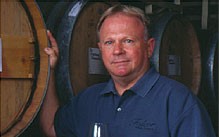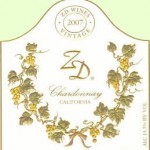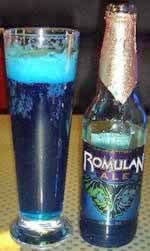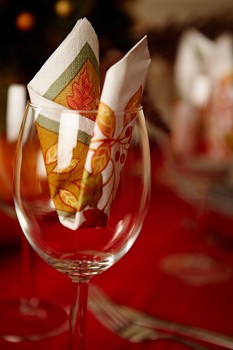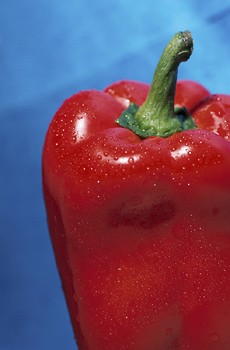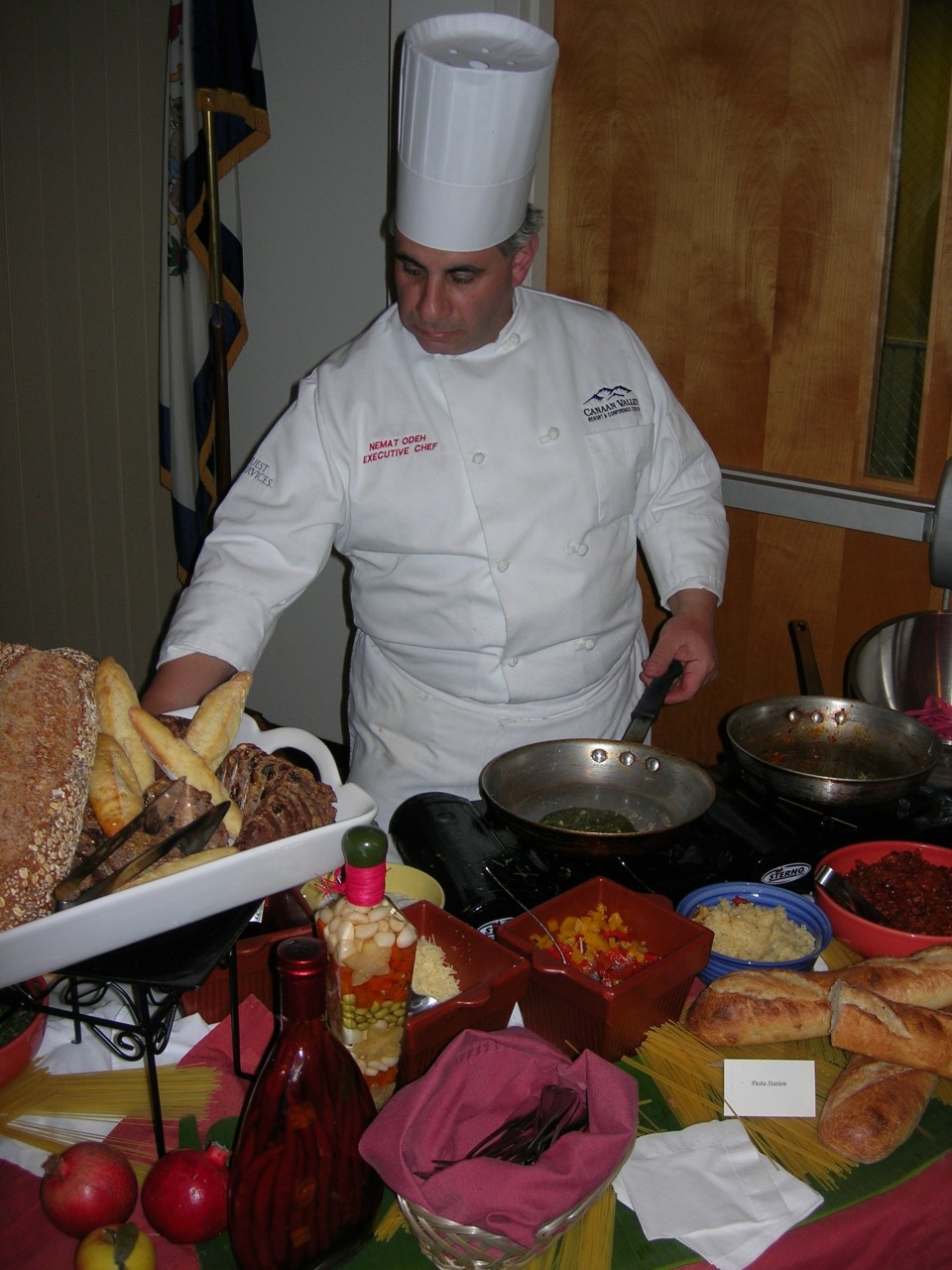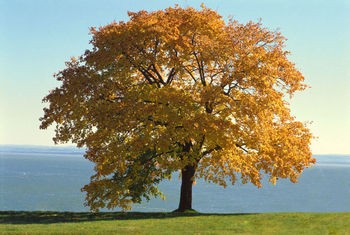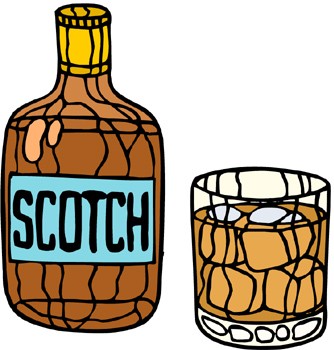This past week we celebrated the life of a true American hero who braved the high seas to make sure we all have a place to call home. I refer, of course, to Christopher Columbus. As we toast Columbus this week with pasta and flagons of Chianti, you need to know the truth about our intrepid hero and how history was shaped by his love of good wine and food.
Columbus is most commonly thought of as a great explorer, but in reality he was an exceptional pitch man who was desperately trying to get someone to bankroll his questionable idea to find a shorter route to India where he would procure all manner of exotic spices.
Let’s also be honest and admit that as a sailor he was, at best, directionally challenged. Here’s a guy who traveled west to find a quicker route to the east and ended up discovering North…. America.
But Columbus was an unrelenting salesman who spent most of his life trying to convince the powers that be (back then) to underwrite his voyage. In Italy, he threw party after banquet after bacchanalian feast trying to secure the funds.
As a result of this constant feasting, Columbus became a great gourmand who whose prodigious appetite for food and wine was legendary. He was also a major pain in the rear for the Italian officials who were constantly bombarded with his proposals.
Finally, he went too far. After suggesting that you could get from Rome to Venice by way of the Caspian Sea, his Italian countrymen banished him to the loony bin, but not before for he had consumed an entire wheel of gorgonzola and washed it down with copious quantities of Frascati.
Undaunted, Columbus then went to Portugal where he lobbied King Ferdinand and Queen Isabella. At the conclusion of a six-day orgy, where barrels of Italian wine were consumed with the finest Portuguese cuisine, the king and queen agreed, secretly hoping with all their hearts that he would sail out of their lives and off the end of the world.
The rest, is as they say, history!
You may question the veracity of my story, but if you’ve ever been to Italy, you know the Italians, like Christopher Columbus, take their wine and their food seriously. I do too, and that’s why I think the vast portfolio of Italian wines suit just about every cuisine imaginable.
Unfortunately, most Americans think Italian wines should only be served with Italian foods, particularly the old stand-by of spaghetti in a red sauce. Well, yes, a good barbera (from northern Italy) does pair nicely with this type of pasta, but so does zinfandel, syrah and petite syrah – wines not native to Italy.
Today, I hope to convince you to try the wines of Italy and use them with the foods you eat each day. Italy has been described as a boot full of wine and there is no doubt this ancient and venerable land of friendly people and great food is awash in a sea of white and red. From the Piedmont in the northwest to the island of Sicily in the south, each of Italy’s 20 states makes more wines themselves that most countries produce.
And Italy boasts some of the greatest red wines in the world such as barolo and barbaresco produced in Piedmont from the nebbiolo grape. You will certainly need to decant these wines for hours before drinking and then you will need a full-bodied roasted meat dish, such as venison, to accompany them.
In Tuscany, Brunello Di Montalcino is also considered a great red wine. While the aforementioned barolo and barbaresco are heavy wines, brunello is more subtle, silky and mroe approachable in its youth. Try it with grilled lamb seasoned with rosemary, garlic, olive oil and lemon.
Everyone has heard of chianti ( a region in Tuscany), but did you know that there is chianti, chianti classico (a delimited area where the best wine is produced) and also chianti classico riserva (which requires the chianti classico to be aged in oak barrels for a specified period of time). Chianti is made from a combination of grapes, the most prominent of which is sangiovese. Chianti’s go well with roasted and grilled foods like chicken, salmon and portobello mushrooms.
In the northeastern part of the country, pinot grigio and prosecco are the most famous white wines, while chardonnay, cortese di gavi, arneis and gewurztraminer are also produced in the same geographic region. Try the chardonnay with pasta in creme and butter sauces, the prosecco as an aperitif and the pinot grigio with lighter dishes such as omelets or quiches.
Another superb white wine is made from a grape called vernaccia. Try a Vernaccia Di San Gimignano from Tuscany for a lovely treat that is a nice accompaniment to broiled seafood such as sole or sea bass. Many other whites, such as frascati, soave, and orvieto, are generally lighter styled wines and can be used as aperitifs or with salads, seafood and vegetable casseroles.
I‘ve barely scratched the surface in telling you about the wines of Italy. Wines such as amarone, the full-bodied red of the Veneto, aglianico from Campania, primitivo from Apulia or nero d’avola from Sicily are also readily available for your sipping pleasure and can be matched with a wide variety of foods you consume each day.
So, the next time you reach for that bottle of cabernet to accompany your grilled beef tenderloin, grab a bottle of merlot from northern Italy or a nice vino nobile di Montepulciano from Tuscany instead. Salute!

